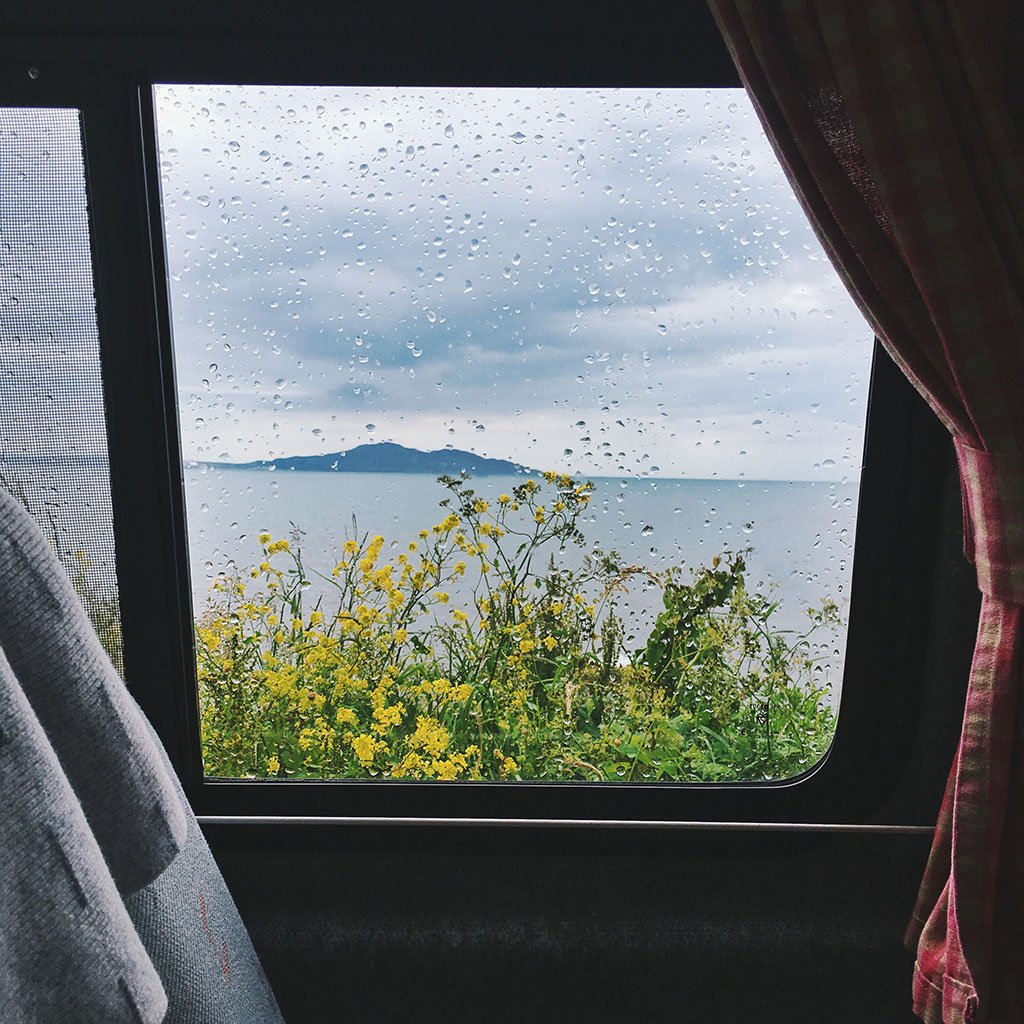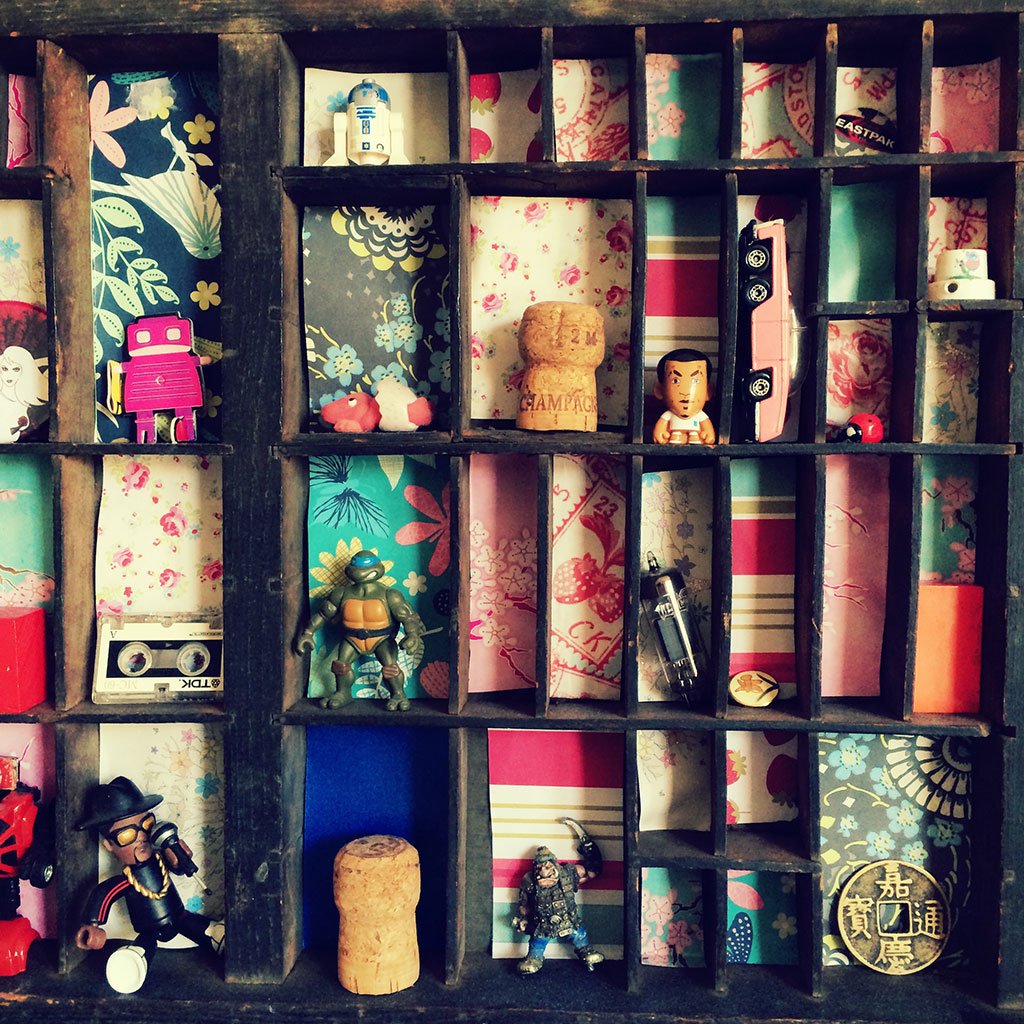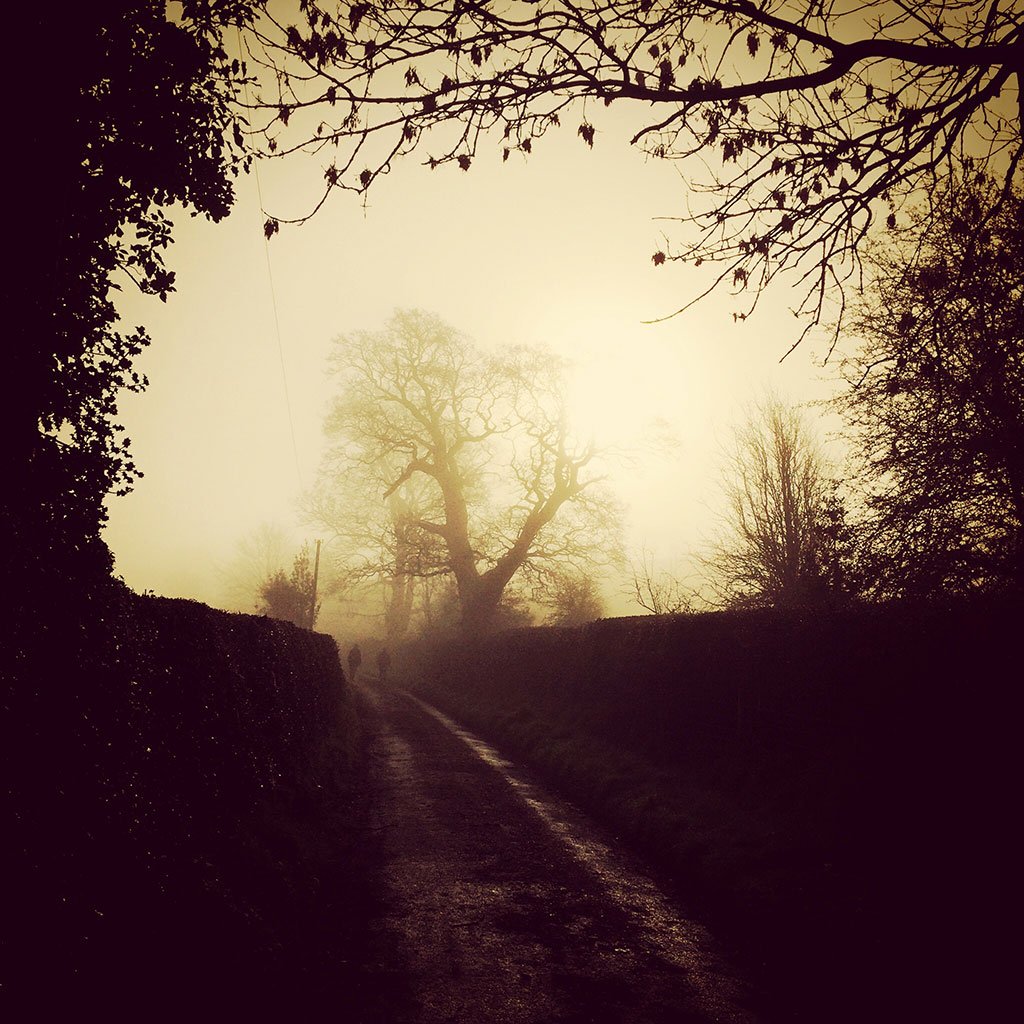Having a great smartphone camera, using the best camera apps, researching your subject or waiting for the optimum moment is all well and good, but a boring, lazy or unimaginative composition will result in disappointing results. One of the main purposes of any kind of composition is to draw attention to the intended subject. Few composition techniques do this better than framing. In this article we’ll look at how to get the most out of this powerful framing composition technique.

What is the ‘framing’ composition technique and why would you want to use it?
Framing is the inclusion of elements in the scene which help the intended subject stand out by completely or partially surrounding the subject.
The photo below of the mother and son walking on the pebbled beach shows how effective it can be to shoot from a low angle – but it’s just as applicable here because the pebbled arch effectively ‘frames’ the subjects. Better still, the frame complements the scene because it clearly belongs to it – it’s made of the same pebbles found on the beach – and so the colors and textures complement the scene nicely. Additionally, the frame creates a sense of tension between the strong yet delicately balanced hard pebbles with their forced scale, and the vulnerable humans contained within – or perhaps mirrors the mother’s strong protective nature for her young son.
The two images below of the church spire show the difference between an unframed and a framed subject. It’s subjective – neither image is better – however, the buildings which frame the spire left and right do give a better sense of context.
What can I use to ‘frame’ my subject?
There are no hard and fast rules but it is important to be sure that your choice of framing enhances the subject in some way rather than detracts from it. For example, framing a newly-married couple between two trash cans probably won’t be what your friends will want in their wedding album! However, there’s certainly something to be said for including contrasting subjects – framing something complex inside a simple frame or something ordered or geometric inside a more organic frame.
Doors or archways make fantastic frames. Just be sure to shoot from an angle which eliminates unwanted objects from the scene – for example, a fire-extinguisher or signage.
Shooting from inside the entrance to an historic building creates a wonderful frame for the beautiful landscape beyond.
The dark alleyway below leads the viewer’s eye to a bright white exit which frames the silhouetted pedestrians.
When we think of ‘framing’ we usually imagine something that completely surrounds the subject – but this isn’t essential. A more organic, partial frame can be more subtle without being any less effective. Outdoors, especially in rural areas, you’ll almost always have one or more trees to use as a frame. The tractor working in the field pictured opposite is only framed on the left and top sides which helps to prevent the blue sky overpowering the shot.
The fallen tree pictured below had rotted inside. As well as a great place for the kids to explore it created a wonderfully organic framing opportunity.
In the other example below, I’ve partially framed a peacock with part of a statue of a horse.
You can also find framing opportunities on a smaller scale. Fruit or other edible items can look very impressive when shot from above, framed in an attractive bowl against a suitable background.
The bottom of a colored drinking glass presented this unusual, creative framing opportunity.
When should I use framing?
Framing isn’t something you have to use everywhere, all the time. It’s simply a composition tool which you can use when the opportunity or need arises. A good habit to develop when composing a shot is to consider whether there is a framing opportunity or a problem that framing might solve.
If your subject seems a little ‘lost’ or isn’t obvious enough, look around you to see if there are any subjects you could include which would help frame the subject. Of course this will require changing your position – scout around for a suitable framing subject or subjects and position yourself so it effectively frames your subject.
The mountains in the far distance opposite would have been too small to have much impact – but a better result has been achieved by including the window frame of the vehicle from which the image was shot.
Even if your composition is great and doesn’t need framing – why not look for a framing opportunity anyway? This will give you more options later and will help you develop your composition skills.
You needn’t limit yourself to including only one frame in your image. Shooting through a window with several glass panes can allow you to frame one or more subjects whilst creating a real sense of context.
You can achieve a similar effect by photographing subjects which are already framed – as shown below.
Another interesting effect is to look for frames within frames. The window below is framed by the curtains and wall, and the individual window panes frame parts of the scene beyond.
Be aware that if your choice of frame isn’t a similar distance away from the camera as the subject you may find the frame is rendered out of focus. To counteract this you may need to use a camera app which gives you control of the camera’s aperture – and you’ll need to select the smallest aperture (largest aperture value) available in order to maximize the depth-of-field.
Also, be aware of how the light is hitting both your subject and your frame. If the subject is brightly lit but the frame is in shadow, very little detail in the frame will be visible. This can be used to great effect to create a strong silhouette using the frame as in the foggy example below.
Summary of Framing Composition Techniques
So, to recap, framing is a powerful composition technique which helps draw the viewer into the scene and emphasizes the subject by including elements or objects which effectively ‘frame’ the intended subject.
As with the other composition techniques don’t feel you have to use framing everywhere, all the time – but when used well the results can be really effective. If in doubt, take one photo without any framing, and another with framing.




















